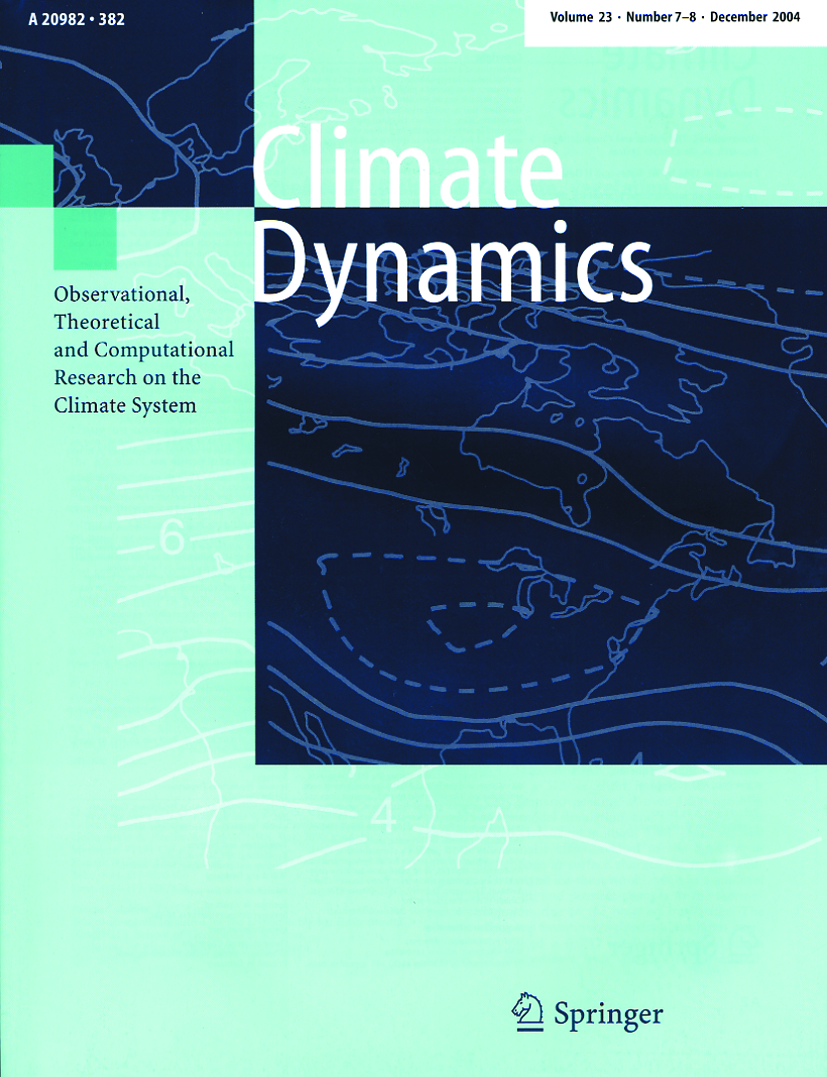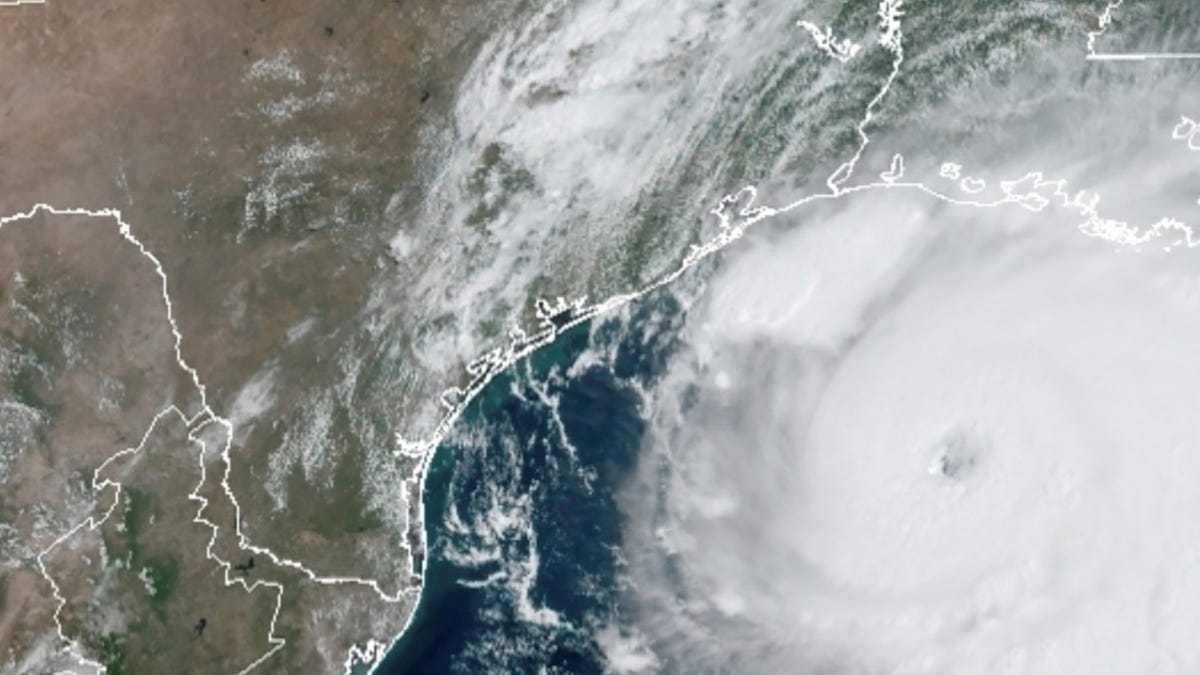Anybody want to take a stab at making the argument "natural disasters are getting worse" outside of vague claims that scientific consensus says so?
In accordance with the basic laws of thermodynamics, as Earth absorbs energy from the sun, it must eventually emit an equal amount of energy to space. The difference between incoming and outgoing radiation is known as a planet’s radiative forcing (RF). In the same way as applying a pushing force to a physical object will cause it to become unbalanced and move, a climate forcing factor will change the climate system. When forcings result in incoming energy being greater than outgoing energy, the planet will warm (positive RF). Conversely, if outgoing energy is greater than incoming energy, the planet will cool.
...
Feedback: Amplifying Initial Forcings
Climate drivers can also trigger feedbacks that intensify or weaken the original forcing. For example, forcing from increased greenhouse gases also increases evaporation, which increases water vapor in the atmosphere and intensifies the forcing from greenhouse gases.
If we stabilize the anthropogenic climate drivers that are currently increasing the radiative forcing of the atmosphere, Earth’s energy balance and climate will eventually reach a new state of equilibrium where equal amounts of energy are transferred into and out of the system; when this will occur remains an open question.
-
In accordance with a number of other general circulation model experiments, the coupled atmosphere-ocean-GCM ECHAM4+OPYC3 simulates increasing upper air storm track activity over the east Atlantic and Western Europe with rising greenhouse gas forcing. This paper addresses the question to what...

link.springer.com
The NAO index, which is based on sea level pressure fluctuations over the north Atlantic in the 300-y control run of this model, only shows a moderate increase within the 240-y scenario run, so that its long-term trend does not exceed the variability of the control climate before the end of the simulation. In contrast, the steadily growing storm track activity over northwestern Europe already surpasses the standard deviation defined from the control run after about 160 y. This effect is associated with a change of the NAO pattern. A determination of the centres of action for subsequent 10-y periods based on empirical orthogonal functions shows a systematic northeastward shift of the NAO’s northern variability centre from a position close to the east coast of Greenland, where it is also located in the control run, to the Norwegian Sea.
Warmer waters from climate change mean hurricanes are now only losing about half their strength within 24 hours after passing over land.

qz.com
The most powerful storms on our planet have grown substantially stronger, and almost forty years' worth of hurricane satellite imagery suggest a warming planet might be fuelling the changes.

www.sciencealert.com
<p>It is unclear whether global warming is increasing hurricane frequency but there is increasing evidence that warming increases hurricane intensity.</p>
skepticalscience.com
So far, all we’ve managed is to document here is what we don’t know for sure yet. But we do know there is extra energy in the system now, so could it have any other effects on tropical storms? Here, the science is far less equivocal, and there is a broad consensus that storms are increasing in
strength, or severity. This attribute, called the Power Dissipation Index, measures the duration and intensity (wind speed) of storms, and research has found that since the mid-1970s, there has been an increase in the energy of storms.
Recent research has shown that we are experiencing more storms with higher wind speeds, and these storms will be more destructive, last longer and make landfall more frequently than in the past. Because this phenomenon is strongly associated with sea surface temperatures, it is reasonable to suggest a strong probability that the increase in storm intensity and climate change are linked.










